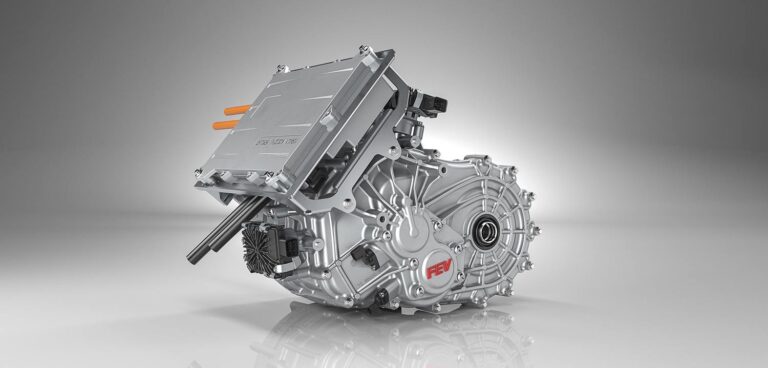As auto makers throughout the industry continue to look for ways to reduce CO₂, NOx and particulate matter in combustion engines, FEV has discussed the powertrain technology contributing to further emissions reduction
While developing the technologies to reduce emissions to future target levels, FEV has focused its R&D on improving electrified drives in terms of performance and range in order to align them with the individual driver’s needs and preferences.
Working on an Audi TTS test vehicle, the company has promised improved vehicle performance thanks to a new water injection system which is claimed ranks highly among the air-fuel ratio for gasoline engines.
FEV has said the test vehicle will produce an 18% increase in torque over standard Audi models and a 10% increase in performance. At the same time, with the newly developed water injection system, CO2 emissions are reduced in real operation.
FEV’s other systems look to combine fun driving with environmental awareness. This includes its mixed sequential boosting system, which – in addition to an integrated exhaust manifold – combines response behavior and high specific performance with rapid catalytic converter heat-up behavior in a cold start, thus keeping emissions as low as possible.
The efficient design of the variable compression ratio (VCR) connecting rods makes it possible to use this system in compact powertrains without having to significantly modify the basic engine.
The VCR technology that has been developed by FEV for gasoline, as well as diesel engines, meets the challenges of future emissions legislation through the expanded operating ranges facilitated by the ability to optimally adjust the compression ratio at any time.
This approach reduces CO2 emissions and significantly mitigates pollutant emissions in real operation. To reach a cost-efficient VCR volume-production solution, FEV is currently working together with automobile supplier, Hilite International.
While the particulate filter has been used in diesel engines and gasoline engines for many years, FEV has conducted further development to enhance the technology. The resulting filter features an outer shape that can be openly defined by the specific engine compartment requirements.
The variable shape allows it to be installed closer to the engine, meaning that filter regeneration is more efficient and pollutant emissions are reduced. A large inlet port and an exhaust that can vary in form with respect to the inlet also improves the component effectiveness. By filtering the SMF material through a sintered powder coating FEV particulate filter also offers lower pressure losses and ash sensitivity.


